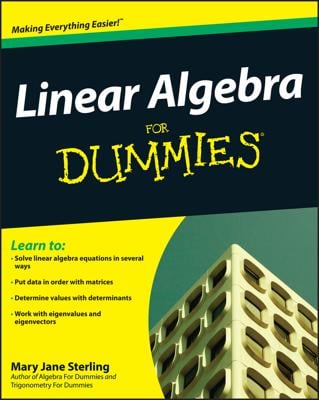Subtracting positive and negative numbers is really easy to do: You don’t! Just change the minus sign (the one that's the operator) to a plus sign, change the number that the minus sign was in front of to its opposite, and then follow these rules for adding positive and negative numbers:
If you add a positive number with another positive number, the sum is always a positive number.
If you add a negative number with another negative number, the sum is always a negative number.
In both of the above rules, when the signs are the same, you find the sum, and the sign of the sum is the same.
When the signs of two numbers that you are adding together are different, forget the signs and find the difference between the numbers (the difference between their absolute values). The number farther from zero determines the sign of the answer.
Follow these steps for subtracting positive and negative numbers to solve the following equation:
–60 – (+40) = ?
Change the minus sign (on the operator) to a plus sign.
In this example, you're changing from subtraction to addition:
–60 + (+40) = ?
Change the number after that minus sign to its opposite.
–60 + (–40) = ?
Add the numbers using the rules for adding positive and negative numbers.
Because you're adding two numbers with the same sign (negative), the sign of the sum of those numbers is the same (negative).
–60 + (–40) = –100

